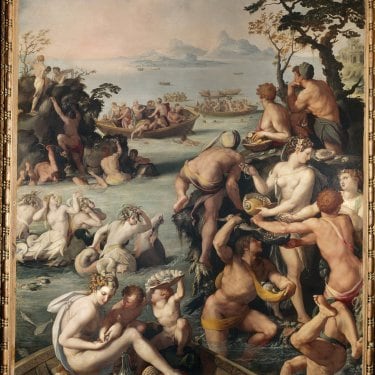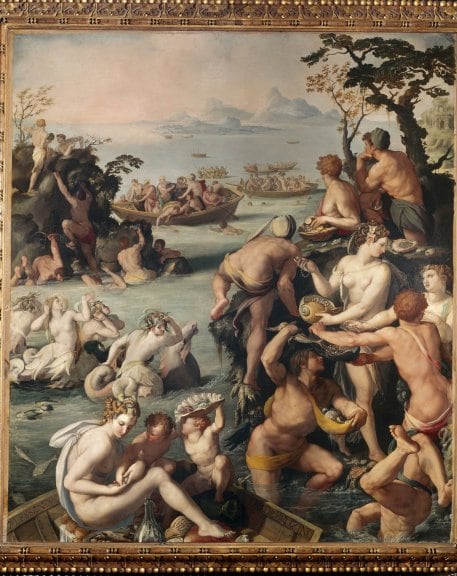No matter how widespread, the famous theory that a grain of sand can trigger biomineralization is not grounded in any scientific reality, nor has a grain of sand ever been found inside a pearl.
While the causes of pearl formation (a virus? bacteria?) continue to elude us, pearls result from the displacement of epithelial cells responsible for secreting the shell into the connective tissue of the mollusk’s mantle. Historically, and according to international standards as well as French law, the word “pearl” used on its own in the jewelry world signifies a natural pearl. This nomenclature emphasizes the fact that these pearls are formed without human intervention. But it was not really necessary to make this distinction in France prior to the 1920s and the gradual arrival of cultured pearls on the Parisian market.



